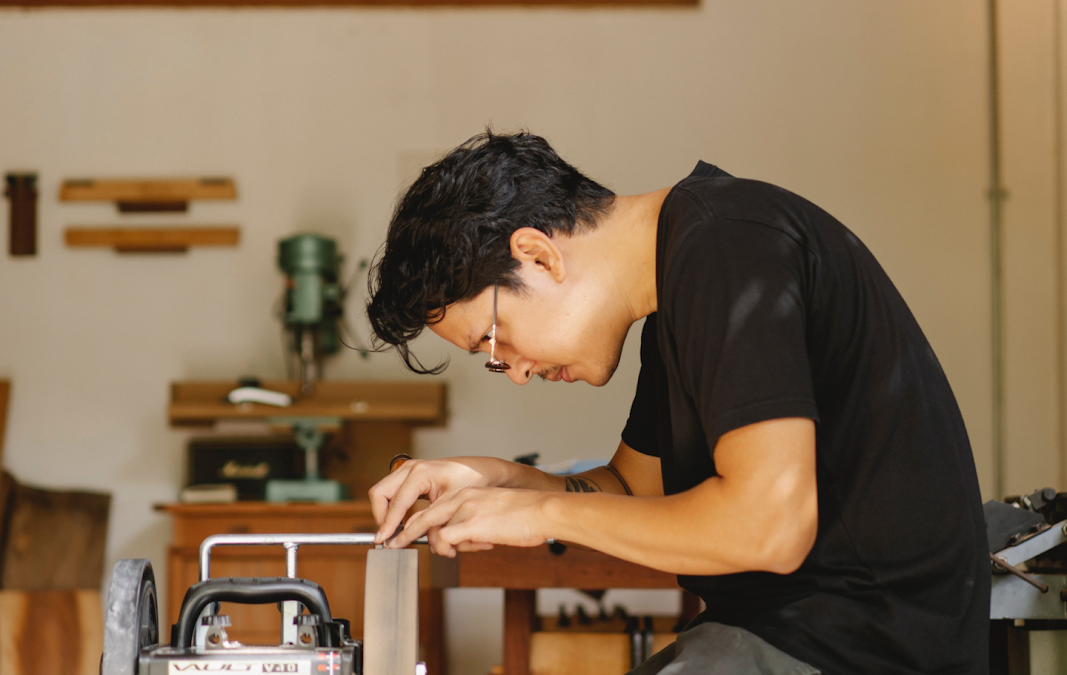What is Kyphosis?
The spine has four natural curves in it, a curve forward in the neck, a curve backward in the mid back, a curve forward in the low back, and a curve backward in the sacrum. A curve forward is often known as a lordotic curve (think your neck and low back), and a curve backward is known as a kyphotic curve (think your mid back and your sacrum). These curves are natural and are meant to be there; no one is supposed to have a perfectly straight back, the natural curves of the spine allow for motion and flexibility as well as foundation and structure to the body. But too much curve in any one segment of the spine can lead to what we often define as kyphosis or lordosis. In the poor posture of our society, we often see people with kyphosis and people can sometimes be told they have one, but without understanding they may be confused.
Although a slight curve in the mid back is normal, kyphosis is defined as excessive outward curvature of the spine, usually the thoracic spine, that causes a hunching or a rounding of the back. The thoracic spine should have a curve of 20-45 degrees, anything more than that is defined as hyperkyphosis.
What causes Kyphosis?
Kyphosis can be caused by many things. In older people, kyphosis can be caused by weakness of the spinal bones such as osteoporosis. Sometimes people can be born with that forward hunchback, called congenital kyphosis; others can develop kyphosis from a trauma such as fracture or soft tissue damage and muscle injury, or from a disease such as Scheuermann’s disease.
Although not the same as poor posture, one of the most common causes of kyphosis is poor posture. And this especially true of childhood/adolescent kyphosis. Poor posture in childhood, slouching, carrying heavy backpacks, and hunching forward can pull the thoracic vertebra out of their normal alignment, and put strain on the muscles and ligaments that are trying to hold good posture. Over time, those muscles and ligaments get weaker and weaker and can lead to kyphosis.
And with the amount of people working from home, poor posture at desks is contributing to many more people dealing with kyphosis.
How does Kyphosis affect the body?
Over time, the poor posture of kyphosis can lead to weakened back muscles. Some may find that it is difficult to walk or get up and out of a chair comfortably, and others may find gazing upward or driving is harder to do, and even trying to lie down can be painful. In more complicated and severe cases, the excessive curve of the spine can compress the lungs and airways causing it to be hard to breathe. In the spine, particularly the spinal joints, this malposition can also lead to issues of chronic pain, muscle spasms, and reduced range of motion.
How do we Treat Kyphosis?
Some doctors will recommend exercise to strengthen weakened muscles or some form of physical therapy to help with posture. There are also back braces and medications, and in the most severe cases, surgery recommended, but all of these have varying results.
One of the best ways to treat all kinds of kyphosis, especially kyphosis caused by poor posture is chiropractic care.
Chiropractors will conduct a full assessment, along with imaging tests to discern the cause of the kyphosis, and build a kyphosis treatment plan specifically designed for that patient, often including chiropractic adjustments and potentially soft tissue work.
Chiropractic adjustments for kyphosis will aim to improve motion in the thoracic spine through specific spinal manipulation. These adjustments open up the joint space and help restore good alignment in the spine. This adjustment will also help restore communication through the nervous system to the muscles and ligaments of the spine, helping re-train them to hold good alignment. Chiropractic care helps patients have significant relief not just of pain and tension, but, with specific and intentional care and regular adjustments, they can help restore good spinal alignment and not just provide temporary relief, but get the body into healthy posture and healthy alignment in the long term.


Recent Comments